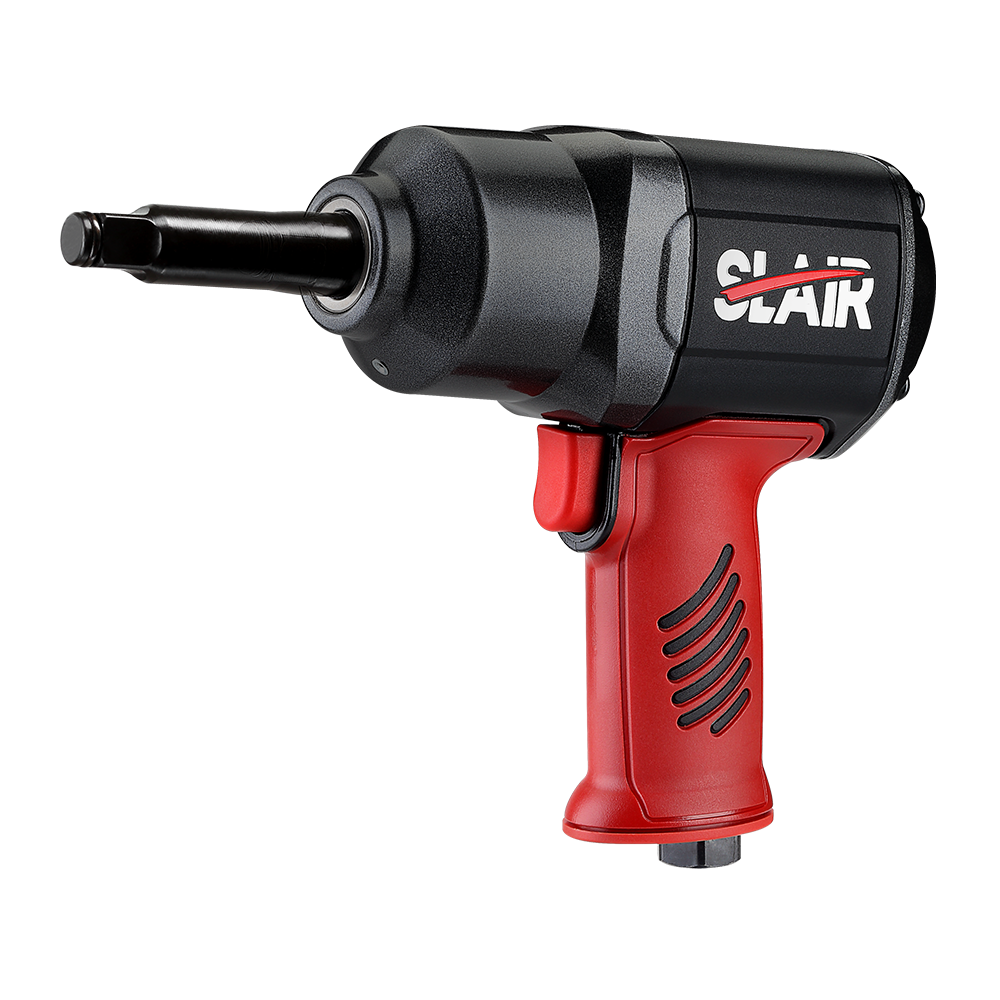Air angle grinders are powered by compressed air, which allows them to deliver high RPMs and significant torque. This capability makes them particularly effective for heavy-duty tasks that demand fast material removal, such as grinding, cutting, and polishing in industrial settings. The ability to operate continuously without overheating is a distinct advantage, especially in environments where prolonged use is necessary. In contrast, electric angle grinders rely on electrical energy from a power source. While modern electric grinders can deliver impressive power, their performance may vary based on motor specifications and the type of electrical supply available. Electric grinders often have a maximum load they can handle before the motor begins to strain or overheat, which can limit their effectiveness in intensive applications. However, advancements in technology have led to the development of high-performance electric grinders capable of competing with air models in terms of power output.
One of the defining features of air angle grinders is their lightweight construction, primarily due to the absence of a heavy electric motor. This makes them particularly advantageous in overhead work or tight spaces where maneuverability is critical. The design allows users to handle them more easily for extended periods without experiencing fatigue. However, air angle grinders require an air compressor and a hose, which can limit mobility and complicate setups, especially on job sites where access to compressed air is not readily available. Conversely, electric angle grinders are self-contained and only require access to a power outlet, making them more portable in environments where electricity is available. This ease of use makes electric grinders a popular choice for DIY enthusiasts and in construction projects.
Air angle grinders shine in professional and industrial applications where high-speed material removal and precision are essential. Their ability to maintain consistent performance under load makes them ideal for tasks such as metal fabrication, automotive repair, and aerospace manufacturing. Air angle grinders can be fitted with various attachments and wheels, allowing for a range of applications from cutting to polishing. Electric angle grinders, on the other hand, are known for their versatility across multiple environments. They can handle both light and heavy-duty tasks, making them suitable for general home use, construction, and metalworking. Their ease of operation and availability of various models cater to different user needs, whether for professional tradespeople or casual users.
Air angle grinders typically require more regular maintenance than their electric counterparts. Users must oil the tools periodically and monitor air supply systems to ensure optimal performance. Proper maintenance can extend the lifespan of air grinders significantly, often leading to more durable operation in demanding environments. Electric angle grinders are generally simpler to maintain, as they do not require oiling and have fewer moving parts. However, they may encounter issues such as motor burnout or overheating during extensive use. Selecting a high-quality electric grinder can mitigate these risks, but users should remain vigilant about operating conditions to ensure longevity.
Both air angle grinders and electric angle grinders come equipped with safety features, yet they cater to different safety concerns based on their operating environments. Air angle grinders are often seen as safer in industrial settings where damp conditions are present, as they eliminate electrical hazards associated with wet surfaces. Their lightweight design also contributes to user safety, reducing the risk of strain or accidents during use. Electric grinders, however, are designed with various protective features, including adjustable guards, safety switches, and ergonomic handles. These features enhance user safety by minimizing the risk of accidental starts and providing protection against debris during operation. Users should always adhere to safety protocols and best practices regardless of the type of grinder in use.





 English
English 中文简体
中文简体 русский
русский Deutsch
Deutsch Português
Português Español
Español
















